‘Enjoy The Experience’, an interview with author Johan Kugelberg
Enjoy The Experience is the largest anthology of American private press vinyl ever amassed and presented, featuring over one thousand cover reproductions from 1958-1992. Special 2xLP and 2xCD compilations feature selections from albums mentioned in the book, and a limited-edition collectable bundle is also available, featuring the book, 2xLP, posters, iron-on patches, and several albums, including Dutch sensation Bud Benderbe’s inimitable rendition of The Velvet Underground & Nico!
It is our pleasure to sit down with Enjoy The Experience editor, Johan Kugelberg for the following interview.
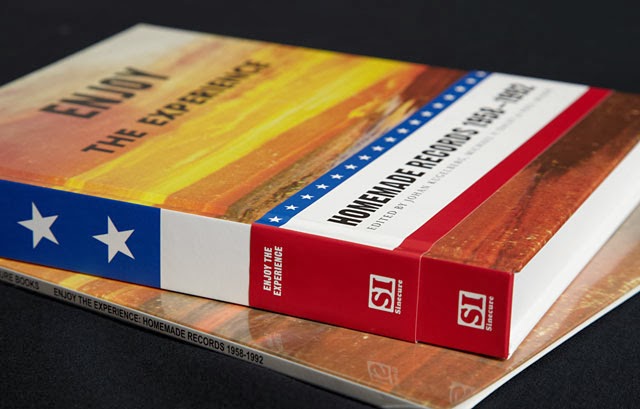
Your book focuses on private pressings between 1958 and 1992. What is unique about this period? What happened in 1958 that you chose to start your analysis here and why end in 1992?
Well, I don’t know if analysis is the right word. What I started noticing once I had perused hundreds upon hundreds of private press records is that the cover designs started revealing themselves as a visual language, a vernacular and a great bizarro world Americana, like crazy-quilts or regional hamburgers. Listening to hoards of these records certainly brought about thrill-seeker music fan moments that brought about appreciations for hyper-obscurities a la Acid Archives, but for me more importantly was a sense of these amateur recordings and homemade music products en masse, where one could start finding similarities in execution and style, not only upon listening to, say, the 500th version of ‘MacArthur Park’.
Starting point and exit point were arbitrary, but not completely so 1958 was a good starting point as the LP had started to gain immensely in popularity, and 1992 was a good exit point because of the CD.
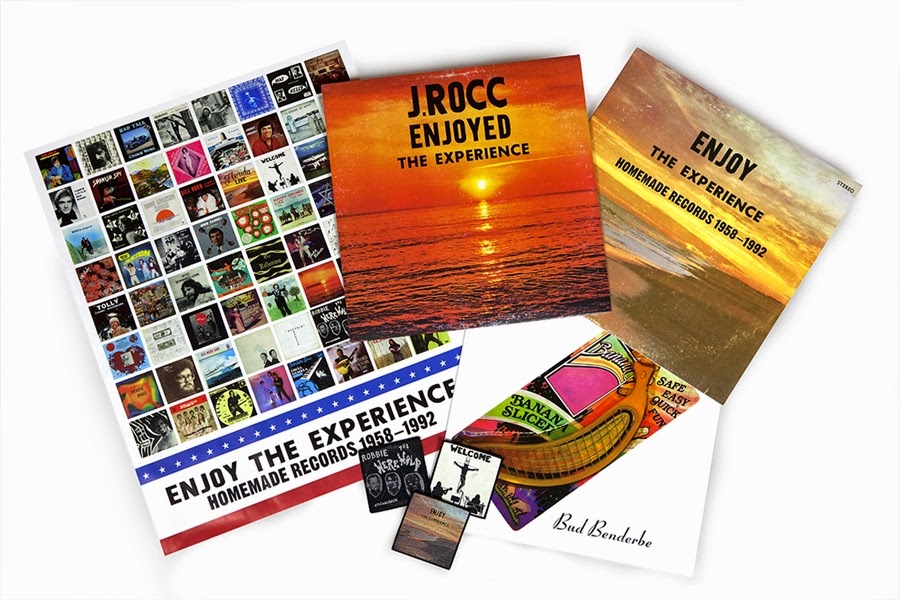
Today it seems that vanity pressings are becoming the norm rather than the exception, particularly as anyone with a homemade recording studio and a computer is capable of recording and releasing an album. What is different between today’s private pressings and the ones you cover in your book?
It was so much more difficult to get your music out back then, that there really is no comparison between the two in my opinion. I certainly believe that there must be enormous amounts of amazing musical discoveries online nowadays, but the gargantuan effort and astronomical expense of releasing your own LP record back in the day meant that only the most driven, idiosyncratic, and visionary people followed through and made an LP.
You mention at the outset that vanity pressings are most common in the US? Why do you think that is? Surely there were artists around the world pressing their own home grown recordings?
Yes, but nowhere near as common as here. I blame/celebrate American ingenuity: where a buck can be made, America will make a buck. The pressing plants that mushroomed across America 50-odd years ago needed to churn out product, hence vanity LPs as a parallel to vanity book publications.
Do you think that these artists never intended to try to get a label to release these albums and so they were recorded without much expectation of commercial recognition? Were these mostly recorded for family and friends, or were the artists actually hoping to see their albums in record stores, but no label was interested in releasing their work?
The answers to that one are as many as there are private press recording artists. I think some people used their record as a demo, hoping to get that major deal; other people had a smaller appetite for recognition and were happy to sell a souvenir album at their local bar & grill or church or swap meet, and for some people no doubt these records were truly pressings of vanity.
Where do you find these things! Paul Major has turned you on to a lot of the albums you discuss, but is there actually some sort of secret underground cabal that regularly seeks out and trades these recordings?
When I stepped off the boat from the old country 25 years ago, these records were everywhere, rejected by all but the most ardent vinyl weirdoes. The internet has provided an enormous hunger for obscurity, so a weird and unknown local record can become a most desired totem-object overnight, sort of like how northern soul or breakbeat records can work.
In most instances, the people who are enthusiastic about these records have friends that share their enthusiasm. This book came together through friendships spanning decades, and we were truly standing on the shoulders of giants such as Mike Ascherman, Jack Streitman, Geoffrey Weiss, Gregg Turkington, Brandan Kearney, RIch Haupt, and Will Louiviere who shared their knowledge and enthusiasm.
Regarding finding these records, I have a couple of friends who still crisscross this great nation, finding completely amazing and insane records in thrift stores and flea markets constantly. There are a lot of undiscovered records in America.
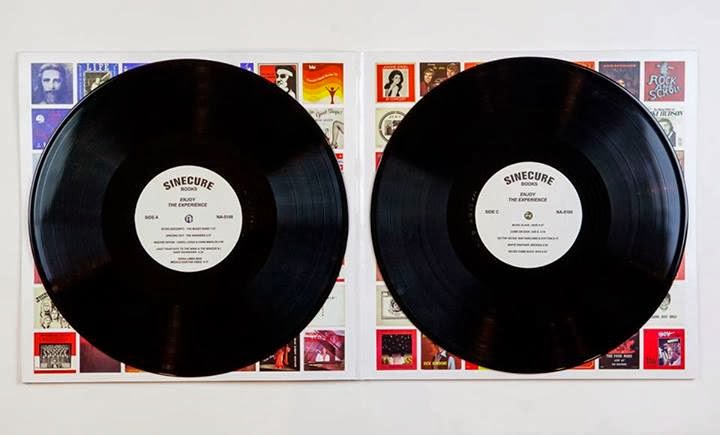
How do you draw the line between the “collectable” private pressings that trade for hundreds or thousands of dollars and get listed in record guides like Vernon Joynson’s Fuzz, Acid and Flowers (e.g., the Ya Ho Wa 13s, C.A. Quintets, Mystic Sivas, Rising Storms, et.al. that Paul mentions) and the 25 cent flea market finds that no one cares about?
I actually didn’t. Part of the point of the book was for it not to be about rare records, but more about Americana, grassroots-creativity, and the DIY self-starter nature of the American frontier spirit, especially when the frontier explored is the inner landscape.
The book is extremely patriotic, and I hope conducts some of the awesome happiness I feel for the creativity of this great nation, as a first generation immigrant.
Is there a hierarchy that a small group of collectors sets when it comes to these recordings? Paul mentions folks like Erik Lindgren and Gregg Turkington and you alluded earlier to Patrick Lundborg’s Acid Archives that also discusses vanity pressings from the same approximate time frame as your book. Are these the “experts” when it comes to setting values to these recordings and separating the wheat from the chaff?
I don’t quite know how to answer that one. I think that in this day and age, we should be grateful for any credible curators of popular culture that can bring us gnosis and/or thrills, especially of the thrift store variety. This book is actually about not separating the wheat from the chaff, but finding enjoyment in the entire experience.

Why does it seem that so many “Christian” music albums seem to dominate the private pressing field? It almost seems to be a genre unto itself that some collectors can’t get enough of? Is it the evangelical message so inherent to the lifestyle that generates these recordings?
I think yet again it is great American capitalism: a church is a captive audience, and religious peers can easily be browbeaten into purchasing something to celebrate the mutuality of having the same lord and master.
Do you think there’s more than just the “so bad it’s good” reaction that make it worth the effort to seek out these recordings? I’m sure a lot of them are better than what the major labels actually deemed suitable to put out and flood the market with over the years?
I am really not into the “so bad it’s good” thing. I think it is elitist, short-sighted and rather sad. I turn away from internet record snark automatically, as all this stuff is supposed to be fun. Some of these records are doubtlessly laughable, some of these record covers are bafflingly idiotic, and some of the aesthetic musical choices are idiotically baffling, and I think that is absolutely wonderful – anything to avoid the blandness of mass-market music product!
At this point, I think pretty much all of it is better than the major label sounds of the same era. Where it gets truly mysterious, fascinating, and fun is when you can bring a vanity/private-press listening experience to major label groups. I have recently started to love the Doors, solely on listening to them as an over-the-top lounge band with a Palmer Rockey/Kit Ream-style vocalist. Shirley Bassey and Richard Harris are other examples of major label vanity pressing artists.
You introduce a great point in your conversation with Paul: there’s just so much of this stuff out there, how can anyone possibly discover it all and wade through the junk to get to the “good stuff”? Mike Aschermann and Jack Streitman offer a list of their favourites, and you’ve included excerpts from Paul’s catalogues. But are these albums ever offered for sale and do people collect and trade them to actually listen to them? Or is it just a matter of conversation starters among the “real people” collector cognoscenti?
I don’t really know. I see sound files from these records starting to do the rounds, and I hope that this will continue. I think these recordings really provide an honest human flavour that counteracts mass market swill. Think amazing regional hamburgers and sodas and pies, where an amateuristic homemade element truly adds to the tasty flavor!
A perfect example is listening to the Art Martin Quartet’s version of ‘Fire & Rain’. I love it, I find it truly moving, and I have never even been able to tolerate the sound of James Taylor. My emotional response to this amazing/insane cover version does mean that I need to reevaluate my opinion about James Taylor!
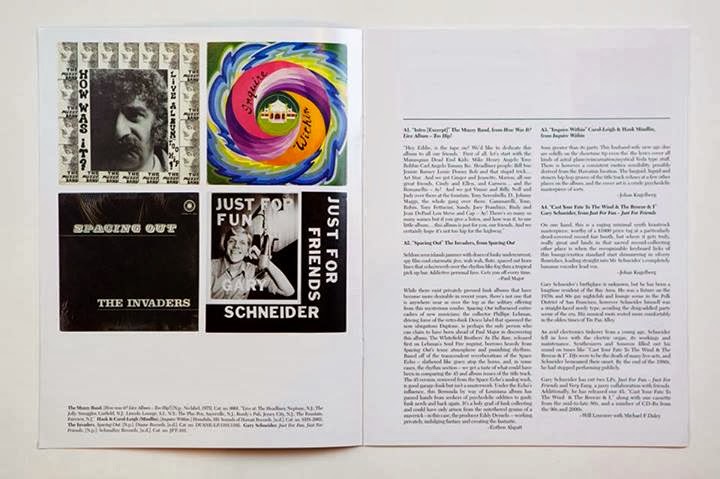
Some of the art work on these albums is fantastic. Does that alone add to the value of the album? Do people collect them purely for the cover art and maybe never even listen to the music?
I hope not, but boy are some of those covers eye-ball pleasers! I just hope the book leads people to look out for these kinds of records and that it brings about some sort of sense of the beauty of everyday human expression.
Is the grading and valuation of these records different from the standard “collectable” ratings? I mean, many of the albums pictured in your book have drawings, scribblings and other writings and colourings on them! Normally, this would kill the value, but is there a separate criteria for these albums?
I think anyone who collects records as an investment has grabbed the short end of the stick. Some records in this book have changed hands for lots of money, but money isn’t a yardstick for an art experience, and the price of an artwork is solely what someone else is willing to pay for it, notwithstanding if said artwork is the Russ Saul album or Picasso’s Guernica.
Some of the albums discussed in your book have actually been reissued and are more readily available; albums by Rex Holman, Jade Stone & Luv, Plastic Cloud, Bobb Trimble, John Rydgren’s classic Silhouette Segments, and of course The Shaggs. Does that detract from their value or do collectors still crave the originals?
The more the merrier. I don’t pay much attention to the recent surge of reissues, as there really aren’t any labels anymore where I feel that the aesthetic vision is on the level. I pick up the odd reissue, and there has been some amazing ones, but there are only so many hours in the day. Something I think is a bit of a problem these days is what I call “straight to rare”, where people will only listen to rare records or obscure musics, which I think is completely missing the point. All this stuff is supposed to be enjoyed, and God and his pals aren’t going to hold up scorecards for coolness and hipness when we die. Music serves us, we don’t serve music, as Michael Daley pointed out. Art experiences that are derived from attempting to impress other people will always be hollow.
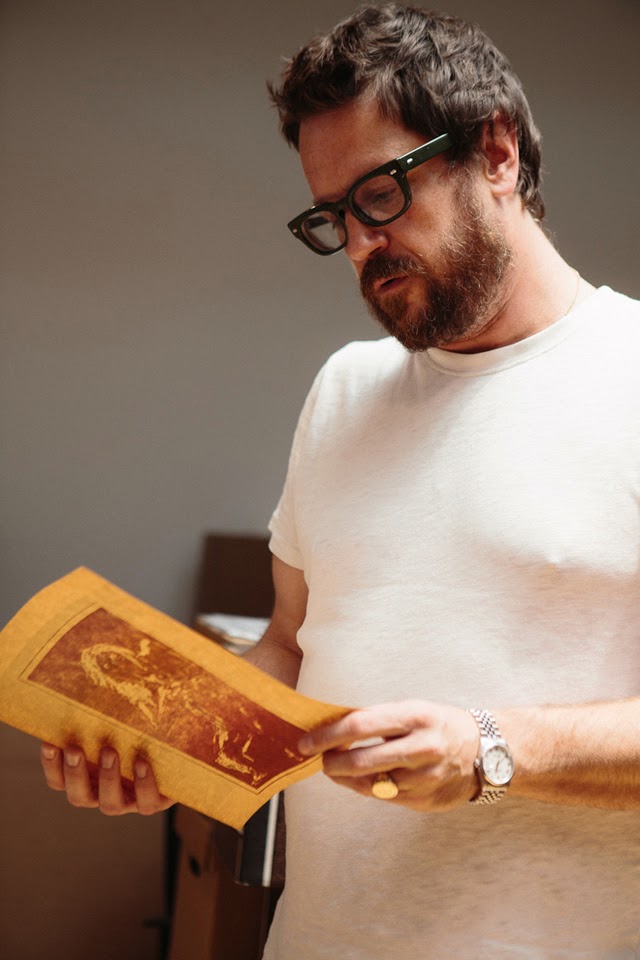
Have you been contacted by any of the artists you discuss or whose albums are included? Do they appreciate the attention and acknowledgement or is there the danger of a negative connotation – sort of like rubbernecking at an accident? How do you convince your readers of the value of these recordings as something more than a recording freak show?
They all seem really happy, and I think they notice that this book is as far from rubbernecking and freakshowism as possible. I hope that the tone of the book reflects our love and admiration of the creativity and spirit of all these people.
– Jeff Penczak
Enjoy The Experience – Johan Kugelberg, editor (Sinecure)



